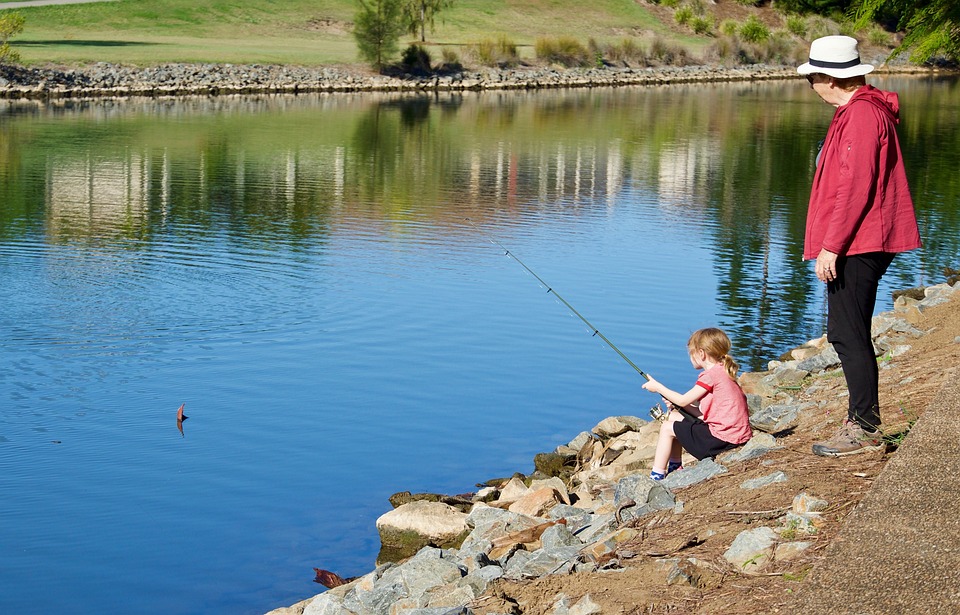**Promoting Natural Fish Response to Tank Fish Dominance Behavior**
*Understanding and Addressing Tank Fish Dominance*
Fish dominance behavior is a natural occurrence in the wild, where fish establish hierarchies to maintain order and ensure the survival of the group. However, when fish are kept in a confined space such as a tank, dominance behavior can become disruptive and potentially harmful to the tank’s inhabitants. In this article, we will explore effective strategies to promote a more natural fish response to tank fish dominance behavior, ensuring a harmonious and stress-free environment for your aquatic friends.
**Creating a Suitable Tank Environment**
To encourage natural fish behavior and minimize dominance-related issues, it is essential to create a tank environment that closely mimics their natural habitat. Here are some key factors to consider:
1. **Tank Size and Layout**: Provide ample space for your fish to establish territories and swim freely. Larger tanks with plenty of hiding spots, plants, and decorative features help to reduce stress and territorial disputes.
2. **Tank Decorations**: Introduce a variety of plants, rocks, and driftwood to create hiding spots and break up line-of-sight within the tank. This allows subordinate fish to evade dominant individuals and reduces aggression.
3. **Proper Lighting**: Ensure your tank has appropriate lighting conditions, replicating the natural day-night cycle. A well-illuminated tank promotes a healthier and more active fish community.
4. **Water Quality**: Maintain optimal water conditions by monitoring temperature, pH levels, and ammonia/nitrate levels. Clean, well-filtered water reduces stress levels and encourages natural behavior.
**Introducing Compatible Tank Mates**
Selecting compatible tank mates is crucial for minimizing dominance behavior. Consider the following factors when choosing fish to coexist peacefully:
1. **Research Fish Species**: Thoroughly research the behavior, size, and compatibility of potential tank mates before introducing them. Avoid mixing aggressive species or those known for dominance behavior.
2. **Grouping and Schooling**: Some fish species thrive in groups or schools, which can help dilute aggression and prevent individuals from becoming overly dominant. Ensure the tank has enough individuals of the same species for natural social behavior.
3. **Balanced Gender Ratio**: In some species, an imbalanced gender ratio may lead to increased aggression as males compete for limited females. Maintaining a balanced gender ratio can help mitigate this issue.
**Feeding Strategies for Natural Fish Response**
Appropriate feeding strategies can play a significant role in alleviating dominance-related behavior. Consider the following tips:
1. **Multiple Feeding Spots**: Scatter food across various locations within the tank to prevent dominant fish from monopolizing the feeding area. This encourages subordinate fish to assert themselves and access nutrition without fear of aggression.
2. **Feeding Frequency**: Offer small and frequent feedings throughout the day rather than one large feeding. This approach ensures all fish have equal opportunities to feed, reducing competition and aggression.
3. **Varied Diet**: Provide a diverse diet that meets the nutritional requirements of all tank inhabitants. A well-balanced diet reduces the likelihood of fish becoming territorial or excessively dominant.
**FAQs (Frequently Asked Questions)**
1. *Can dominance behavior ever be completely eliminated in a tank environment?*
While it may not be completely eliminated, creating an environment that supports natural fish behavior and proper tank mate selection can significantly reduce dominance-related issues.
2. *What signs should I look for to identify dominance behavior?*
Signs of dominance behavior include chasing, fin nipping, aggression during feeding, and constant territorial disputes. Pay attention to any fish that consistently display such behaviors.
3. *Can adding more fish to the tank help reduce dominance behavior?*
Adding more fish to the tank can dilute aggression and provide subordinate individuals with more hiding options. However, ensure the tank is appropriately sized and that the added fish are compatible with existing inhabitants.
4. *Are there any fish species that are less prone to dominance behavior?*
Yes, some fish species are known for their peaceful nature and are less prone to dominance behavior. Research and consult with experts to identify suitable species for your tank setup.
Promoting a natural fish response to tank fish dominance behavior requires careful consideration of tank setup, compatible tank mates, and appropriate feeding strategies. By creating a harmonious environment that mirrors their natural habitat, you can foster a healthier and more enjoyable fishkeeping experience.









